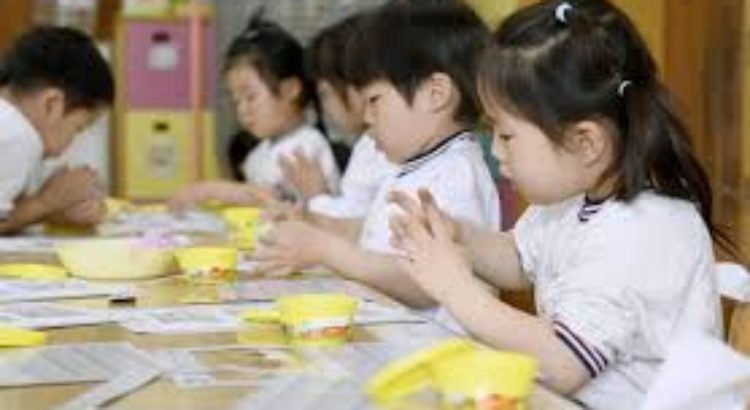Asia/ Japan/ 23.09.2019/ Source: the-japan-news.com.
The education ministry announced Friday that 97.1 percent of 1,074 universities and junior colleges in the nation have been recognized as eligible for a free higher education program (see below) for students from low-income households, a system that will be launched in April 2020.
A total of 31 private universities and junior colleges did not apply to the Education, Culture, Sports, Science and Technology Ministry for accreditation. Institutions with financial difficulties are not eligible to provide free education. The ministry suspects that financial woes were the reason some institutions did not apply. Universities that are struggling financially could have further difficulty attracting students.
The ministry said that 1,043 out of 1,074 national, public and private universities and junior colleges have been certified. Of the 1,043 institutions, 744 are universities and 299 are junior colleges. All national and public universities, including the University of Tokyo and Kyoto University, have been granted eligibility. According to the ministry, the 31 institutions that did not apply were all private schools.
Of the 2,713 vocational schools in the nation, 1,688, or 62.2 percent, were certified. All 57 of the nation’s technical colleges were accredited.
The system will be introduced to prevent a divide in educational opportunities, as the percentage of people who go on to higher education is lower among low-income households. However, some people argue that the system should not serve as a life raft for financially stricken private universities.
In response, the ministry has created a benchmark: Incorporated entities that have liabilities in excess of assets, face payment deficits for three straight years and have a student enrollment of less than 80 percent of the school’s quota for three straight years are ineligible for the program.
“Of the universities and junior colleges that didn’t file applications, nearly 10 are believed to have judged that they couldn’t meet such administrative standards,” said an official of the ministry’s office for higher education support.
Medical and dental universities did not apply apparently because the upper limits on free tuition under the system meant their hefty tuition fees could not be covered.
Part of the revenue from an increase in the consumption tax rate from October will be used to make higher education free. The ministry estimates that up to about 750,000 people will be eligible for the program, and that the annual cost will be up to ¥760 billion.
■ Free higher education program
A program to waive or reduce the tuition and entrance fees of universities, junior colleges, vocational schools and technical colleges, while expanding grant-type financial aid, including for living expenses. Up to about ¥700,000 will be provided in annual tuition fees, and up to about ¥910,000 will be provided in grant-type financial aid. For example, in the case of a family with two parents and two children, the program will apply if the household makes an annual income of less than ¥3.8 million, in principle. Such households with an annual income of less than ¥2.7 million are exempted from residential tax. Speech
Source of the notice: https://the-japan-news.com/news/article/0006021575








 Users Today : 21
Users Today : 21 Total Users : 35460152
Total Users : 35460152 Views Today : 35
Views Today : 35 Total views : 3418818
Total views : 3418818